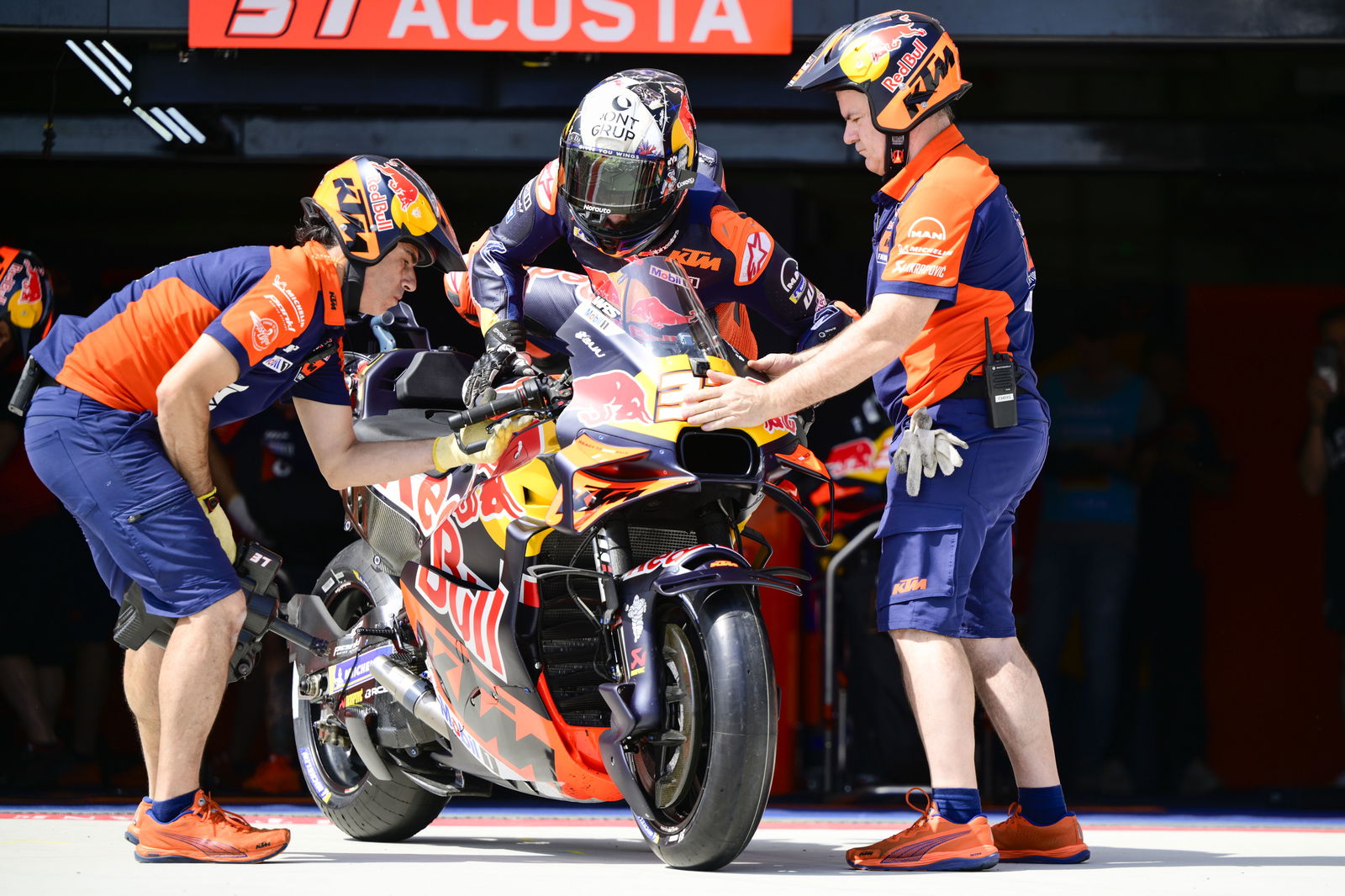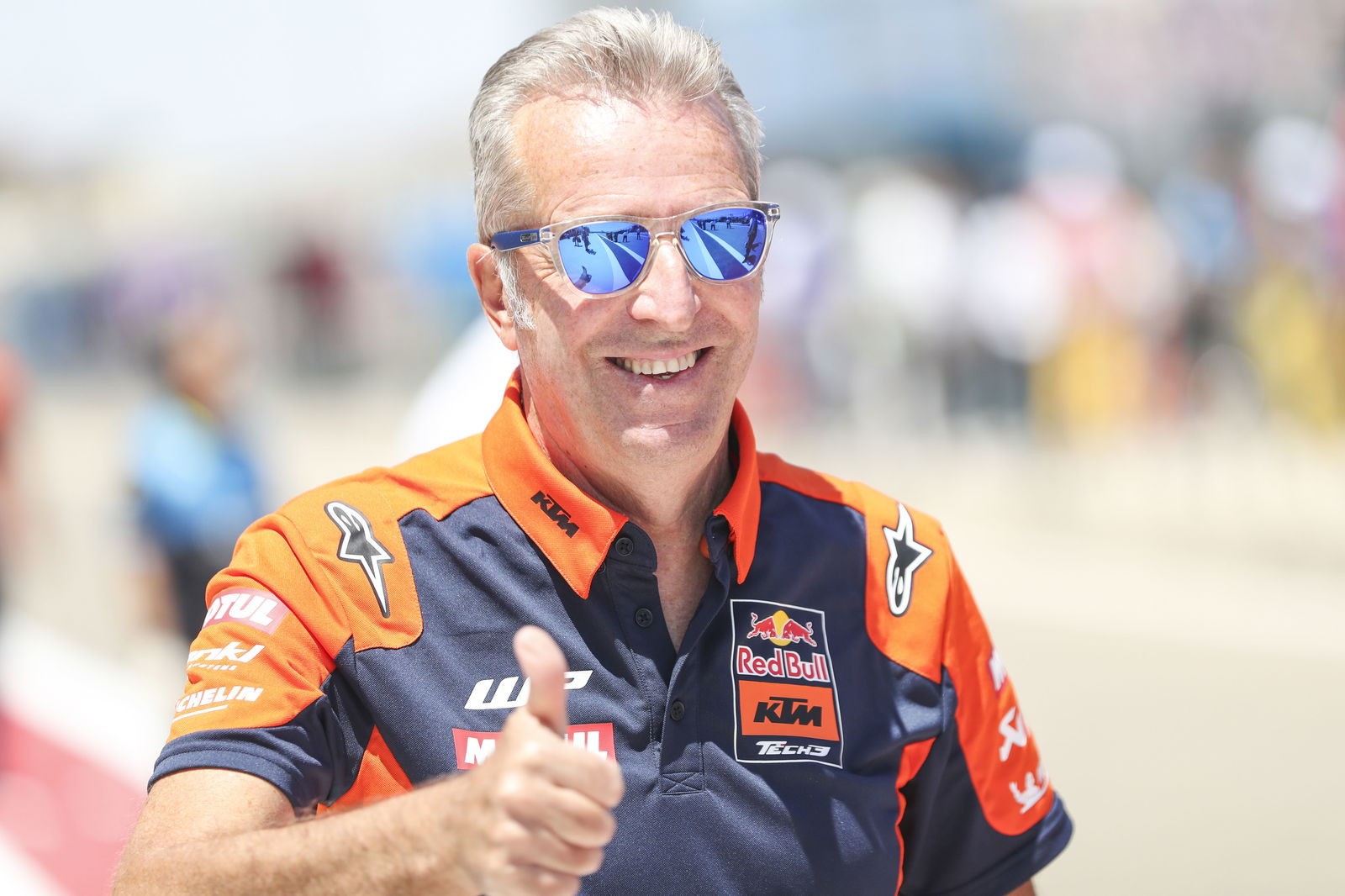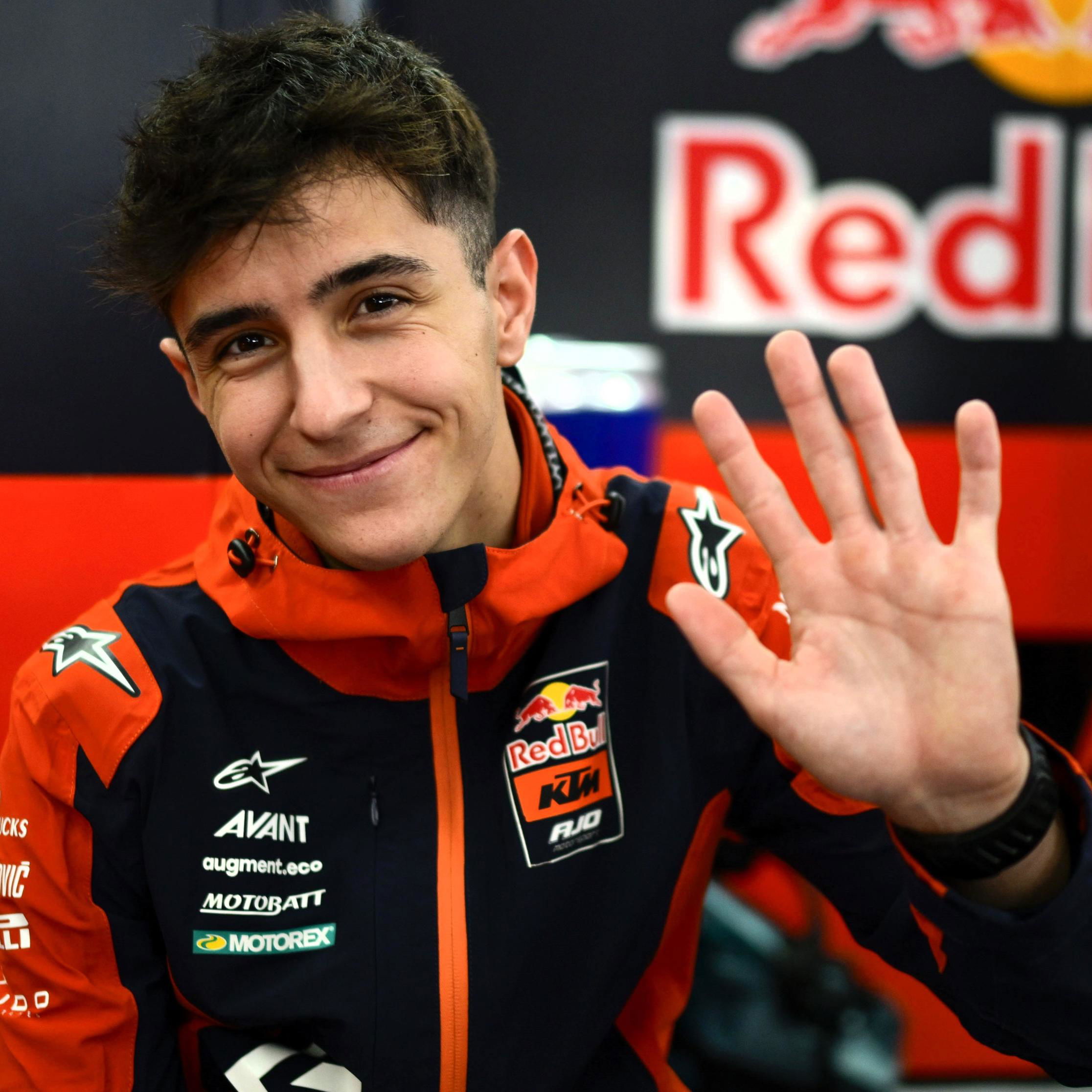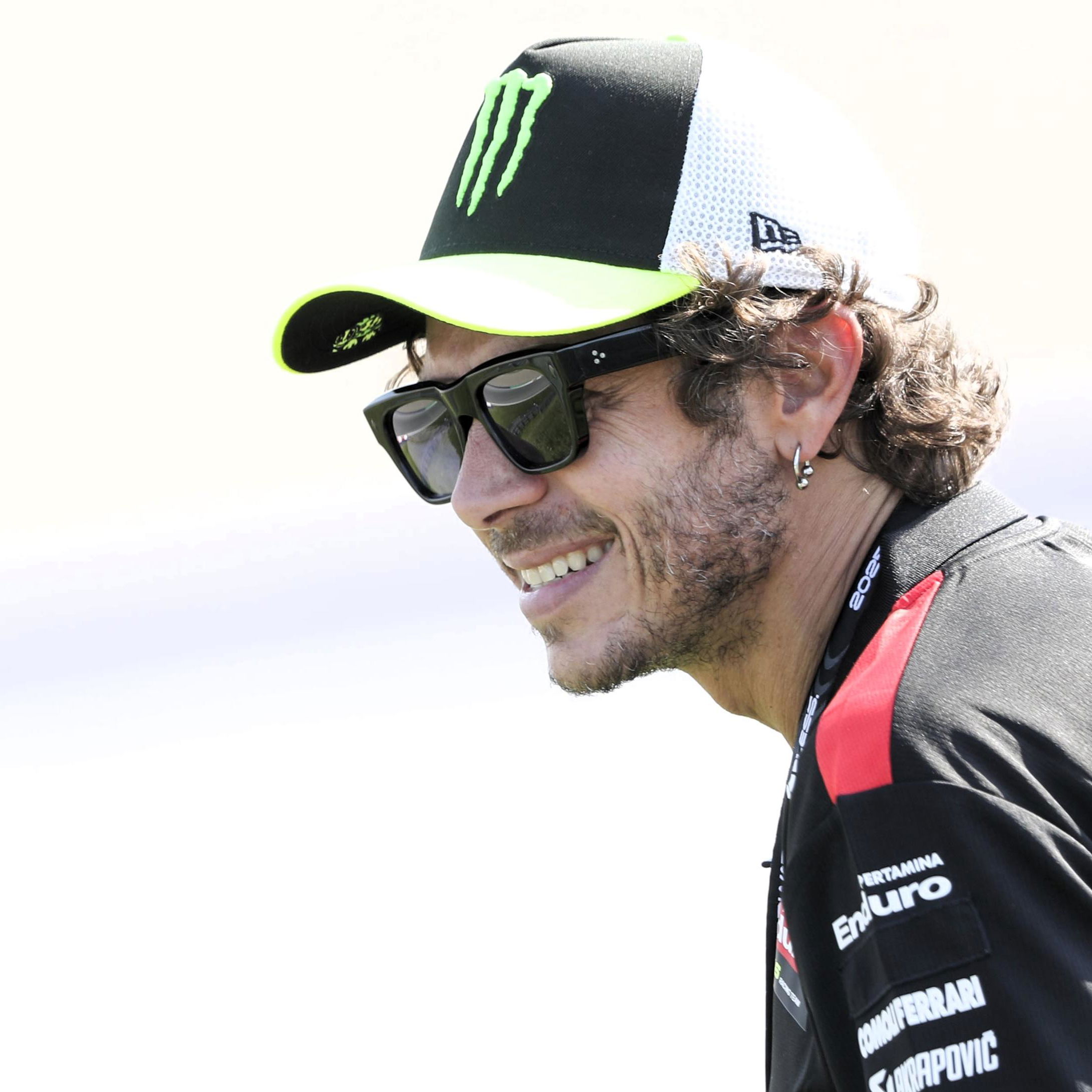Casey Stoner mastered one of MotoGP’s toughest corners by playing a PlayStation
Extraordinary back-story of how Casey Stoner uniquely learned Laguna Seca

Honda LCR boss Lucio Cecchinello remembers one weekend in Laguna Seca where Casey Stoner showed his flashes of brilliance.
Stoner’s MotoGP career may have ended prematurely at the age of just 27 due to illness, but his talent remains the stuff of legend. With two world titles to his name, the Australian rider is still widely regarded as one of the most gifted riders the sport has ever seen.
It all began in 2006 when Stoner made his MotoGP debut with LCR Honda, the satellite team owned by former Grand Prix winner Cecchinello. Speaking to Italian outlet GPOne, Cecchinello reflected on the young Australian’s raw ability and placed him among the all-time greats — even compared to the likes of Marc Márquez and Valentino Rossi.
“Certainly a great talent, a phenomenon. We have often said it and we will repeat it, in the history of motorcycle racing there have been many champions, each with his own characteristics,” Cecchinello said.
“Stoner was one of the most gifted with greater natural gifts than the others, without taking anything away from Marc Marquez or Valentino Rossi.
“The naturalness with which he could get on any bike and circuit and be fast, being able to interpret the turns and memorise them quickly and take the bike to the limit was something that came naturally to him.”
Casey Stoner used PlayStation to learn Corkscrew
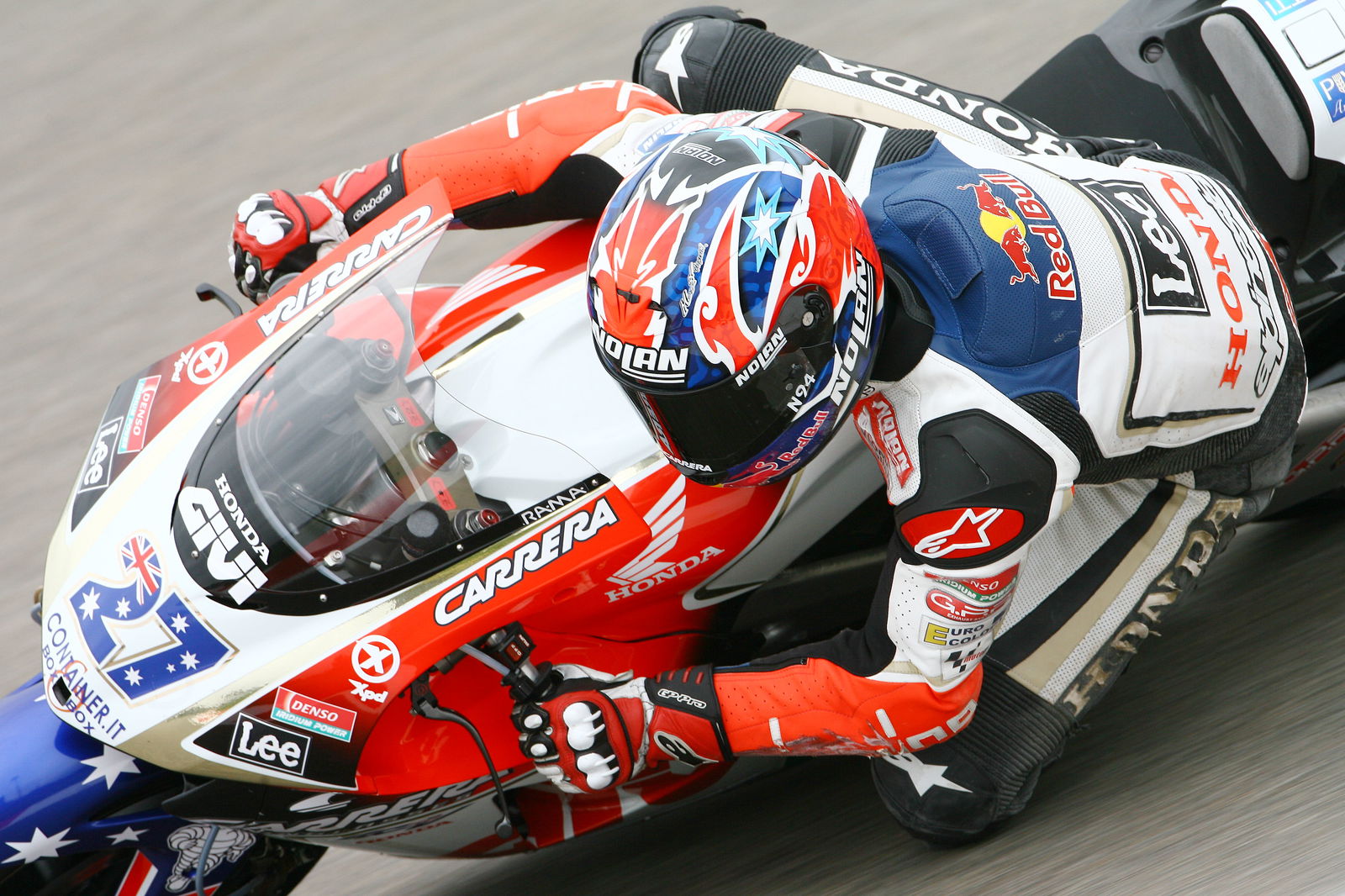
One early example of Casey Stoner’s extraordinary ability came during his first American Grand Prix at Laguna Seca in 2006. He had never ridden the challenging Californian circuit before — especially the iconic Corkscrew corner — yet he impressed right out of the gate.
Instead of taking the conventional approach of learning the layout by walking the track or riding it on a scooter, Stoner opted to study the circuit virtually, on a PlayStation.
Despite the unorthodox approach, he was on the pace right from the start. In the first free practice session, he was right behind home heroes Nicky Hayden and Colin Edwards — both highly experienced at the circuit.
“I remember him at Laguna Seca, a difficult and important track in MotoGP, with its famous ‘Corkscrew’. He had never seen the track, we suggested he see it with a scooter and he didn’t want it,” Cechinello recalled that Laguna Seca weekend in 2006.
“Ezpeleta had proposed to him to see it in a safety car and he said that he didn’t need it because he had ‘already seen it on the PlayStation’.
“Moral of the story, at the end of the first practice session there was Nicky Hayden, Colin Edwards and Casey Stoner, and behind was everyone else. That gives you the measure of his talent.”
Stoner’s race that weekend ended early due to a crash on lap 14, after starting seventh on the grid. Still, his performance was enough to turn heads in the paddock. By the end of the 2006 season, Ducati had seen enough to make their move.
Stoner signed with the Italian team for 2007, and the rest is history. On the fearsome Desmosedici GP7, he dominated the championship — winning 10 races and standing on the podium 14 times across 18 rounds, delivering Ducati their first-ever MotoGP world title.
He remained with Ducati for three more seasons but was never able to replicate the same success, as symptoms of his illness began to take their toll. In 2011, he made a switch to Honda and instantly returned to form, winning the world title once again in his debut year with the team.
However, just a year later, Stoner shocked the racing world by announcing his retirement at the end of the 2012 season — stepping away from the sport at the peak of his powers, aged only 27.
